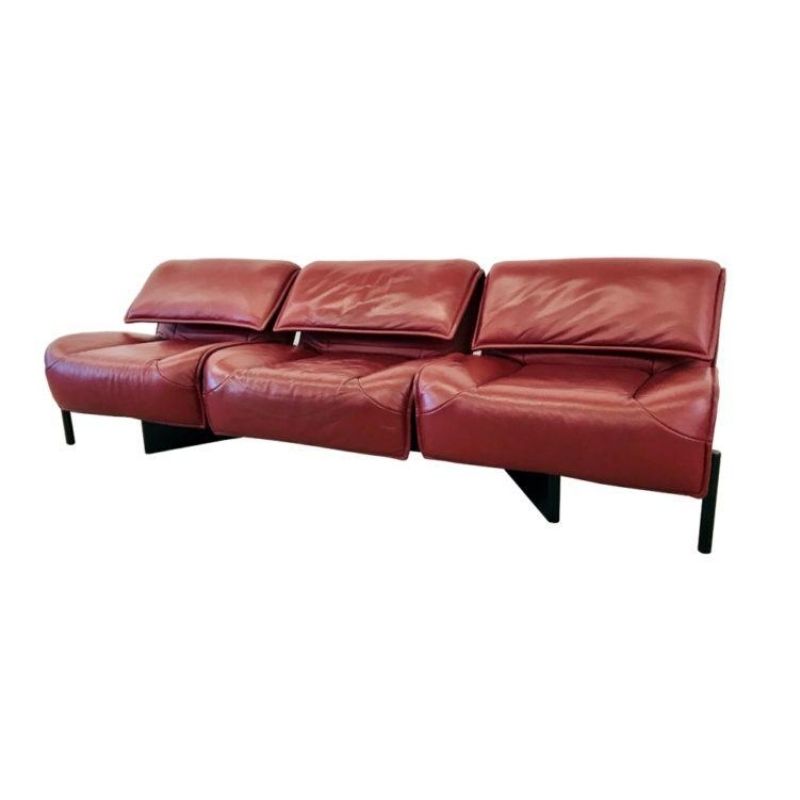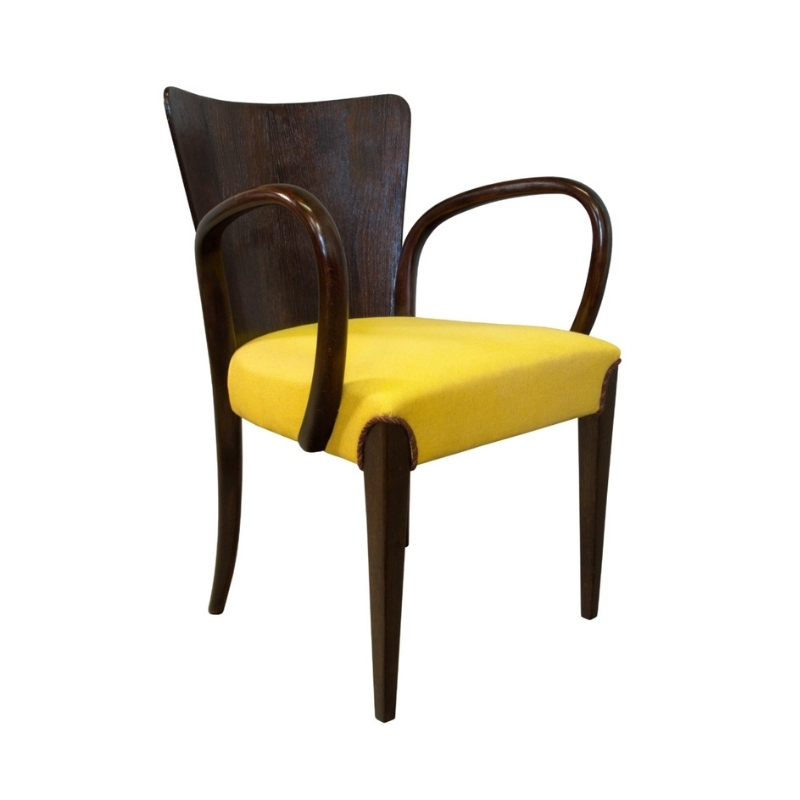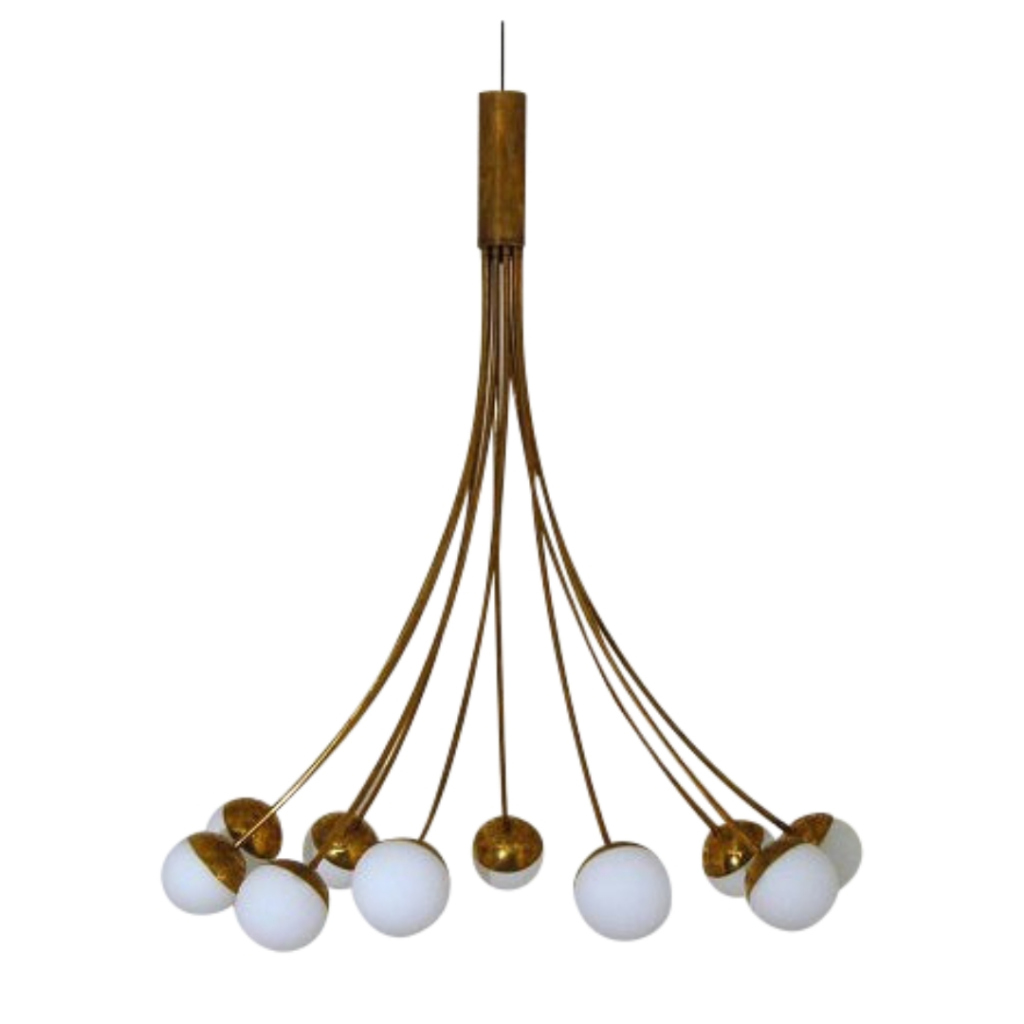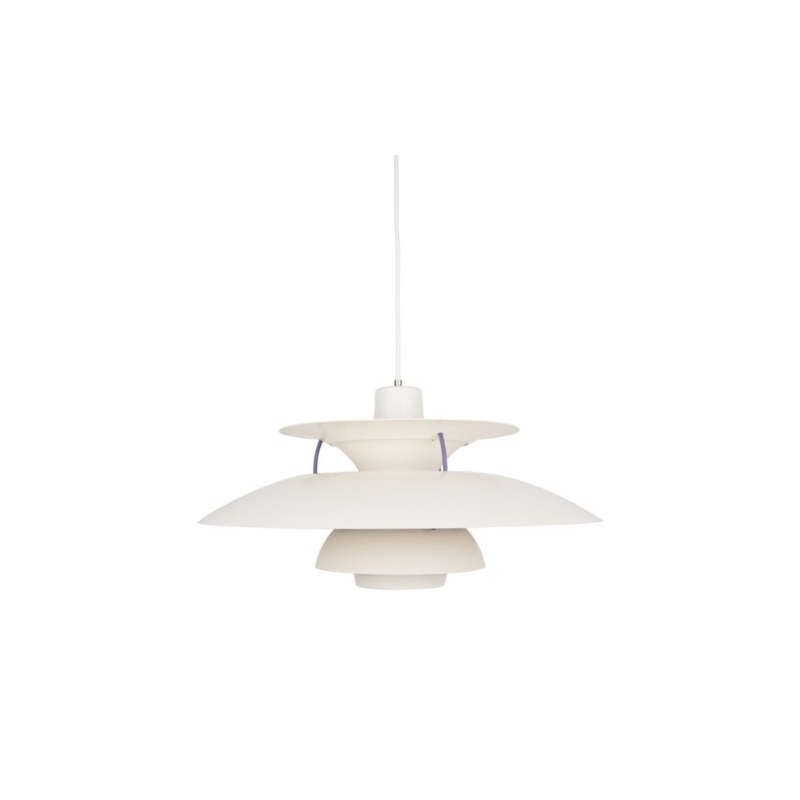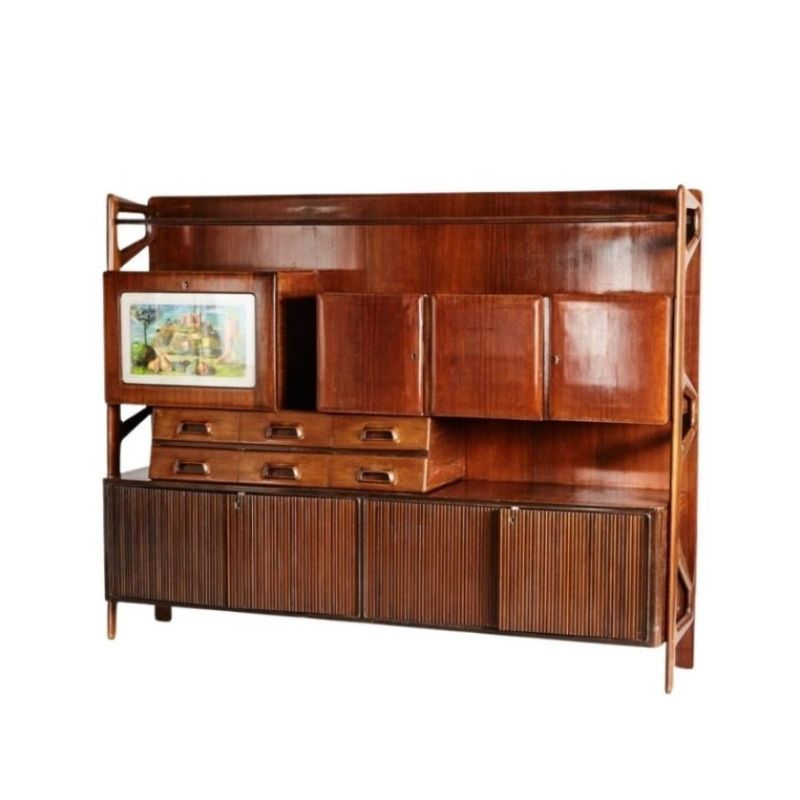Under another thread, my girlfriend made mention of a piece that consists of black painted iron dated back to around 51.
My job in this relationship is restoration and ensuring the pieces we have stay in excellent condition.
My problem is that in general, low humidity & constant reasonable temperatures are your best bet to ensure a piece stays in good condition - but I am faced with a material I have little experience with.
The piece being black painted iron can degrade rapidly under the wrong conditions - I see it everywhere.
It is 60 years old and has the original paint with no rust. Normally I would apply a clear coat spray to super protect it - but this has always been done to pieces that had been repainted. I risk in this instance of technically "altering" an original finish that is hard to find.
If I have to put it in storage to protect it - then so be it - but how exactly would this best be done ?
My preference is to keep it under a porch outside in an environment that has winters with snow (not that this would touch the table and chairs, but...) and also summers that recently have had humidity levels close to that of Florida.
What could be used in the absence of a clear coat? A wax? Boiled Linseed etc?
I need help from a pro on this site that knows his stuff.
Thanks.
- A.S.
I think fastfwd (correct me i...
I think fastfwd (correct me if I'm wrong) means that its easy to take things too seriously, its exciting for sure to find something you like but it can take over and get...out of proportion, eventually you have to discriminate, not everything is worth that much attention.
If its in good condition leave it, keep it dry and it will be fine. If it ever gets a bit of rust and needs a respray then so be it, its not a big deal.
Can you meet in the middle?
You are considering putting it into storage and you're considering putting it outside. Could you consider putting it inside?
I'm obsessive, as well. But you two are really, really obsessive.
I have a house filled with iron-framed furniture. I'm in Virgnia and I do what I can to control the humidity inside. It's unfortunate for my furniture, but I need the oxygen to breath.
I suppose I could be cloned? Then I could have the oxygen removed from my home and my other self could sit here (preserved) and enjoy my collection while I'm out rotting somewhere else on earth.
🙂
Rust, rust, rust
Problem is we are looking at keeping it outside under a covered patio. It had been kept inside for years. It would suck for it to get more damage in a few years on our patio than it did for 50 years inside from previous owners. At the moment there is no option for putting it inside - other option is storage building. Since winter is coming here it won't be like we can use it on the patio - but is there any difference between ungraded storage & covered patio?
Mostly looking to avoid any rust.
- Maria
.
Keep it dry and out of direct sunlight (for the vinyl) and it will be fine, have had steel furniture in storage for years and the last time I looked it was as good as could be, my cast table saw and planes which are WAY more susceptible to rust than your set was left on a patio for 12 months with a quick squirt of lanolin spray and an oiled cloth thrown over the top. Relax.
Corrosion.
First off, it's steel, not iron. In order to prevent corrosion, ideally you'd keep it in a humidity-controlled environment preferably below 35% RH. We all know that's not practical for anyone outside of Arizona, though. If you look at painted steel furniture that's spent time outdoors, you'll notice that it tends to rust at the welds closer to the ground first. This happens for a number of reasons, but if you plan to store outside, elevating as far off the ground as is necessary to isolate from splashing rain is recommended. Any covering should be vapor-permeable so as not to encourage trapped liquid water and condensation. Outdoor furniture dealers often offer appropriate fitted covers.
Coatings: They do help somewhat if they are in good condition. The most effective tend to be glossy, though, and expensive. Wax is often applied at least annually over these coatings by conservators tasked with preserving outdoor sculpture as a sacrificial barrier of first defense. A synthetic microcrystalline wax is recommended. The trick is to monitor the condition of any coating and remove/reapply as often as necessary.
If you need any help, please contact us at – info@designaddict.com



